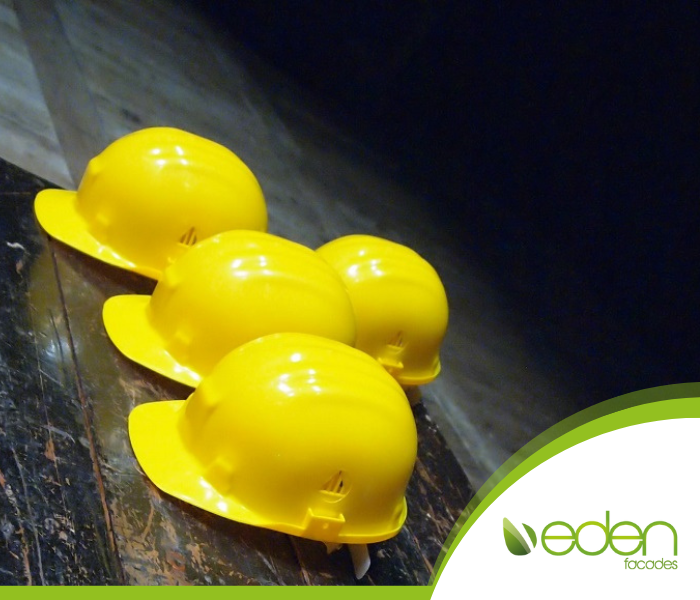In the three years following the Grenfell Tower tragedy, there have been accusations that progress has been slow. In July, however, the Government brought forward the publication of the Building Safety Bill, described as being the biggest change to building safety for nearly 40 years.
The importance of clearer lines of responsibility
Although currently still a draft, if and when the legislation is enacted, it will detail the new rules and procedures being put in place to ensure there is clear responsibility for assessing potential risks at each stage of a building’s life: design, construction and occupation.
We have already expressed our suspicions that Government funding for the remediation of unsafe ACM cladding may result in an increase in the number of under-qualified contractors prepared to take on re-cladding projects. With this in mind, alongside the wider industry changes that will come about as a result of The Building Safety Bill, now is the time to ensure that all involved in the design and construction of a building are clear on who is accountable for what.
What are the planned changes?
The majority of projects we are involved with are contracted on a design and build basis. The building owner employs an architect, the architect employs a main contractor, the main contractor employs a specialist sub-contractor. The responsibility for ensuring the design is adhered to is passed down the line.
One advantage of the design and build method is that it speeds up the construction process; the architect or designer will arrive at an agreed point and then allow the sub-contractors to begin work on site in parallel to the designs being finalised.
As a result of the new legislation, we are likely to see the responsibility for the overall safety of the building being passed back to the building owner, named the ‘Accountable Person’. A new regulator is being set up within the Health and Safety Executive, which will have three main functions: to oversee the safety and standard of all buildings; to directly assure the safety of higher-risk buildings and to improve the competence of people responsible for managing and overseeing building work.
At each of the three stages it will be clear who is responsible for managing the potential risks and what will be required to move to the next stage.
Known as the ‘golden thread’ of information, these key documents will be held digitally and, by detailing a building’s construction, design and ongoing maintenance, are designed to encourage openness and accountability.
The multiple check points and assessments may result in more projects being carried out on a supply and installation basis rather than design and build, and may perhaps mean taking longer to physically get on site but, for change to happen within the industry, we must work as a whole and there must be greater transparency and cross learning during the building process.
Why is it particularly important now?
The level of responsibility that contractors assume in relation to design is a complex issue, with important implications for the safety of those that live or work in the building.
The changes set out in the Building Safety Bill should go some way towards providing some clarification over the process, highlighting issues such as who is responsible for identifying and making modifications to designs. Whose responsibility should it be for making an ‘Acceptable Equivalent’ substitution during a project, and what assessments are carried out to ascertain whether a product is a worthy replacement?
At Eden Facades, we always work to the architect or design consultant’s specification. If we are asked to suggest an alternative product over the course of the project, we always offer an equal or better solution, whilst being mindful of fire safety, aesthetics and approvals for use in the required situation.
The funding the Government has made available for cladding remediation will mean contractors with the right skills have an opportunity to take on more of this type of work. Although ultimately it will be the responsibility of the building owner to ensure the work is carried out, contractors removing unsafe cladding have a “duty to warn” if they discover any defects in design or if they uncover any potential dangers during the project. The ability to warn relies on the contractor having the correct experience and skill, further underlining the importance of employing a contractor that specialises in this area.
Understanding and being aware of responsibilities for public and building safety ahead of any remediation work beginning is essential. As Mark Hardingham, chair of the National Fire Chiefs Council (NFCC) Protection and Business Safety Committee, comments: “It’s only through better legislation, regulation and clear lines of responsibility that we can ensure we don’t see another tragedy [of this scale] unfold. The Grenfell Tower fire highlighted beyond doubt that the building safety regime was broken.”
With many years’ experience in rainscreen cladding installation, we have a team ready to be deployed to site to assist with your cladding remediation project. Get in touch on 01268 744199 or email us at office@edenfacades.co.uk

